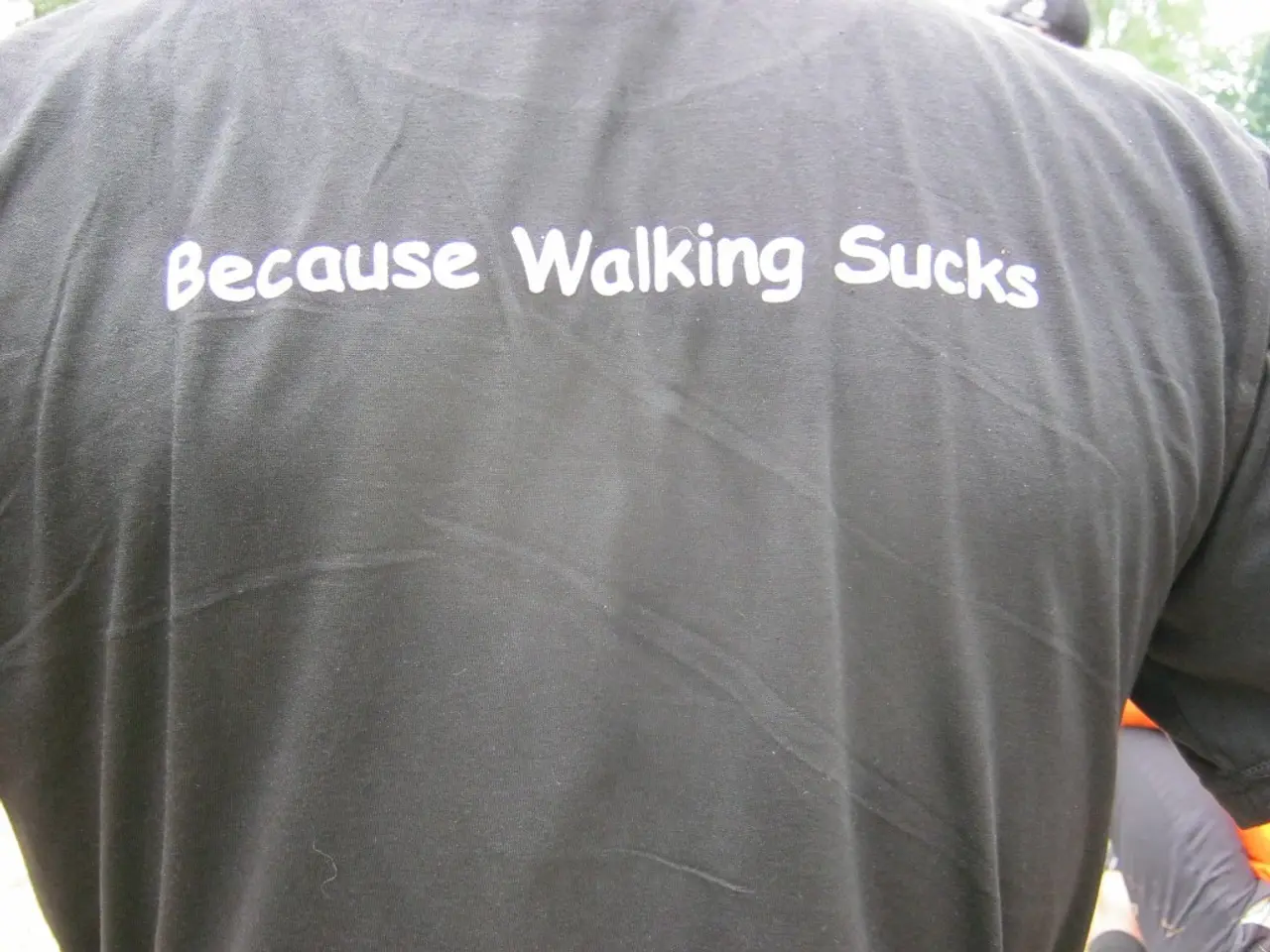Easy Strategies for Disoriented Individuals during Autumn Season
In the journey of caring for a loved one with poor eyesight and mobility issues, falls can pose a significant risk. This article outlines various strategies to prevent falls and ensure the safety of your loved one.
Firstly, maintaining good communication is crucial. Regular check-ins to discuss health, any potential falls, and medication side effects can help identify and address potential issues. Discussing medication side effects with the healthcare provider is essential, as a simple medication adjustment can reduce dizziness and confusion, which can increase the risk of falls.
When assisting the person with personal hygiene or movement, take your time to ensure they are stable before letting go. Contrasting colours for furniture and floors can make it easier to see and prevent accidents. Good lighting is essential, especially in hallways, staircases, and bathrooms. Keeping pathways clear of obstacles can make a significant difference in preventing tripping and falling.
Installing safety rails where needed, such as on staircases, baths, and toilets, provides crucial support. A plan should be in place in case of a fall, knowing whom to call and what steps to take. Don't turn off the lights at night; use nightlights for continuous illumination.
In addition to these strategies, there are other measures to consider. Equipping patients with mobility aids like walkers, gait belts, and transfer boards can enhance safe movement and transfers. Conducting comprehensive and regular fall risk assessments that include cognitive status, medication effects, and environmental factors can help identify and address potential risks.
Implementing universal fall precautions such as keeping walkways clear, providing adequate lighting, removing hazards like loose rugs or cords, and ensuring environmental safety features like grab bars and secure handrails are in place is also important.
Using individualized education and communication strategies, including clear patient and family education about fall risks, safe movement techniques, and tailored safety plans, can engage patients actively in prevention. Encouraging planning and mindful movement, such as breaking down movements into steps and maintaining walking rhythm, can improve balance and gait control.
Modifying footwear by choosing low, wide heels and properly tied shoes can improve stability. Reviewing medications carefully with healthcare providers to identify those that increase fall risk and adjusting them safely can minimize dizziness or confusion. Incorporating gentle balance and strength exercises under professional guidance can improve physical stability.
Ensuring regular vision and hearing checks to maintain spatial awareness and reduce missteps related to sensory impairments is also important. Using appropriately fitted mobility devices prescribed and demonstrated by therapists can maximize safety and minimize risk.
Lastly, offering to be their walking buddy for added stability during outings, encouraging gentle exercises or activities that improve balance and strength, and encouraging loved ones to hold onto something sturdy when moving around the house can prevent falls. A messy or cluttered home can increase the risk of tripping and falling, so keeping the home clean and organised is essential.
Frequent memory lapses, such as not remembering where they are or why they went into a room, can be a red flag for potential falls. Celebrate small victories to boost morale and encourage continued fall prevention efforts. Show empathy and patience towards the person, understanding that dealing with confusion and fear of falling can be scary.
These multi-faceted, patient-centered strategies supplement standard fall prevention measures and are particularly important for confused patients whose cognitive impairments increase their vulnerability.
Read also:
- Budget cuts at federal and state levels jeopardize advancements in fighting HIV and AIDS within Dallas County
- Strategies for Maintaining and Boosting Physical Activity as You Grow Older
- Understanding Prediabetes: A Precursory Condition to Diabetes
- Strategies for Strengthening a Nigerian Infant's Immune System







